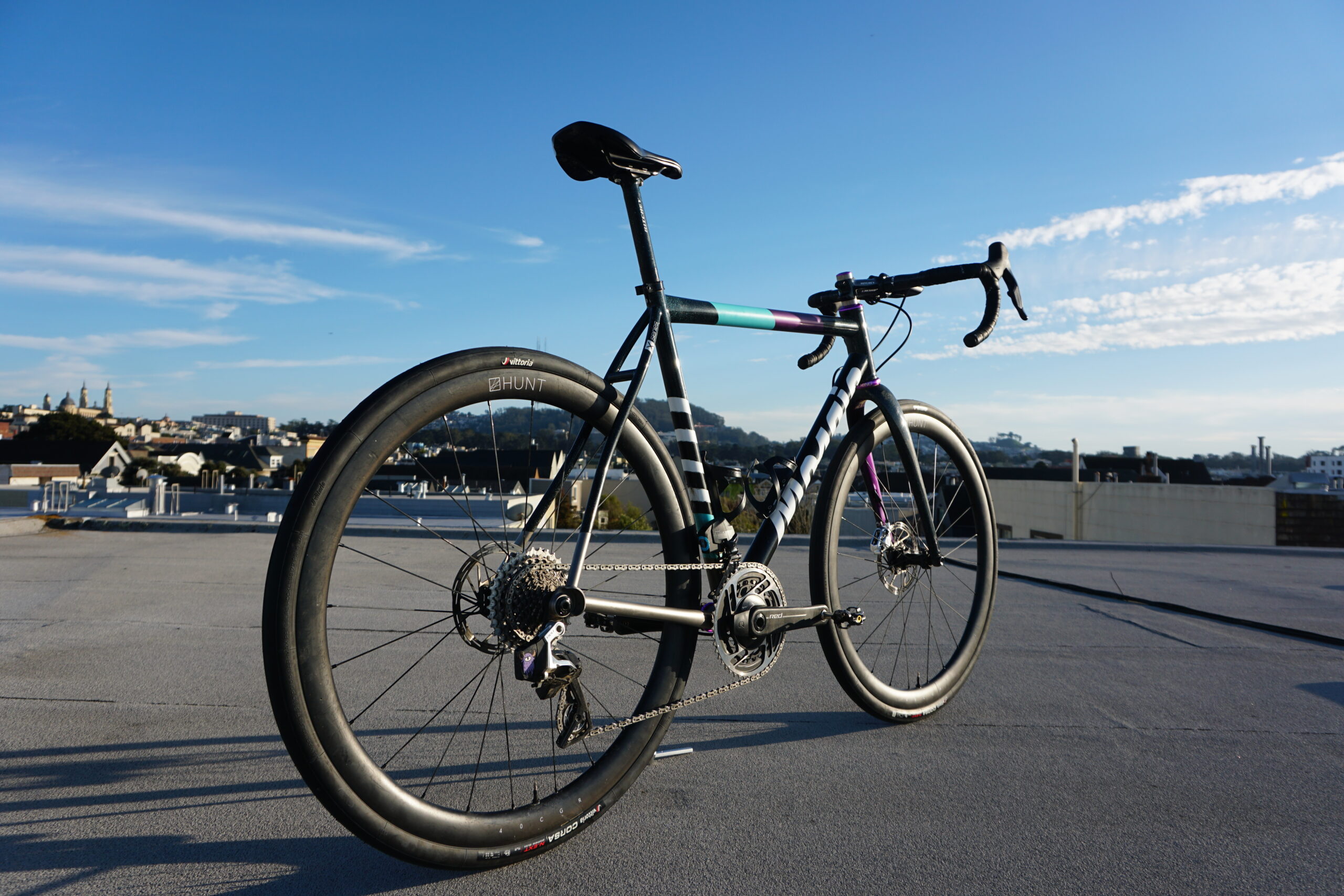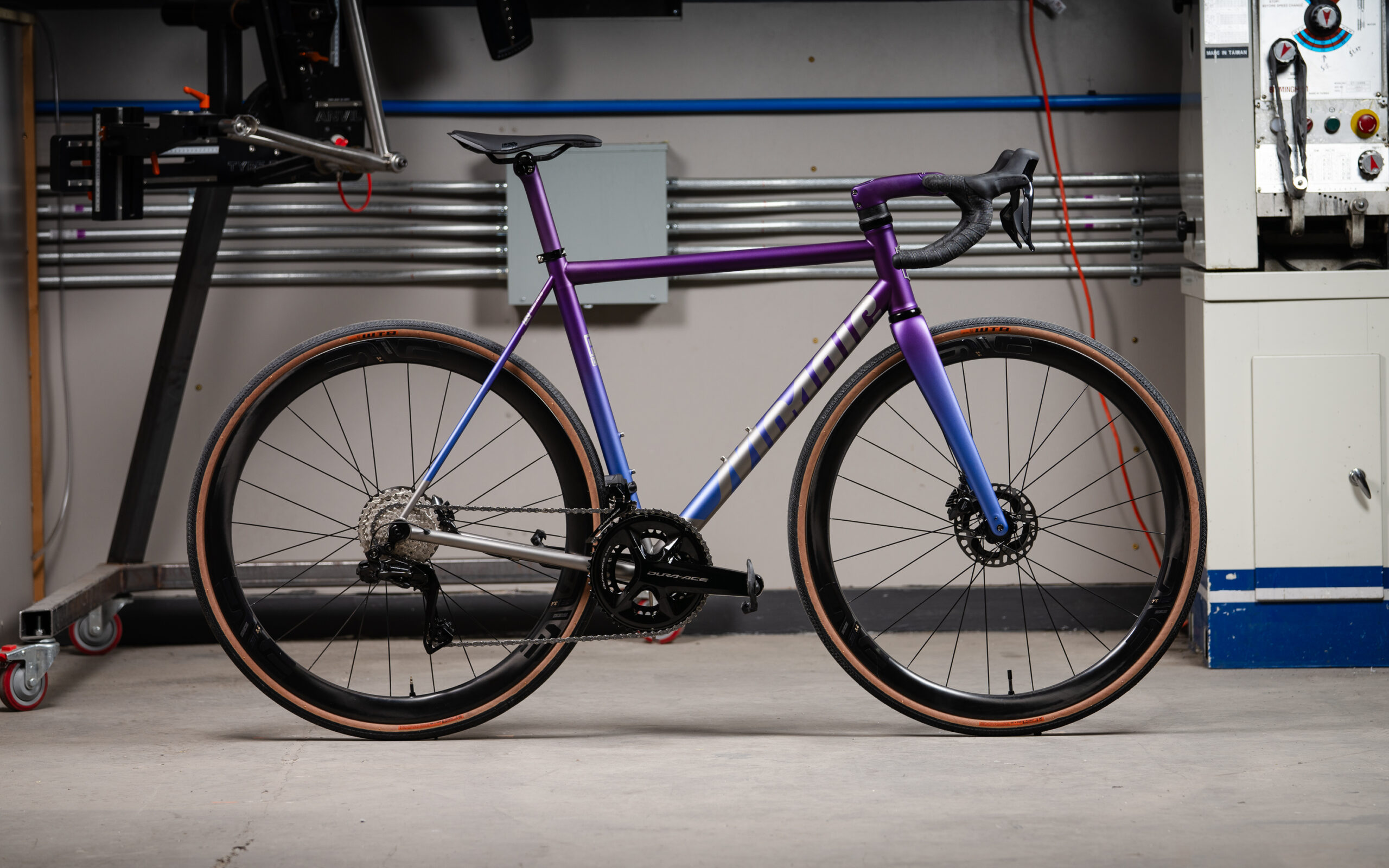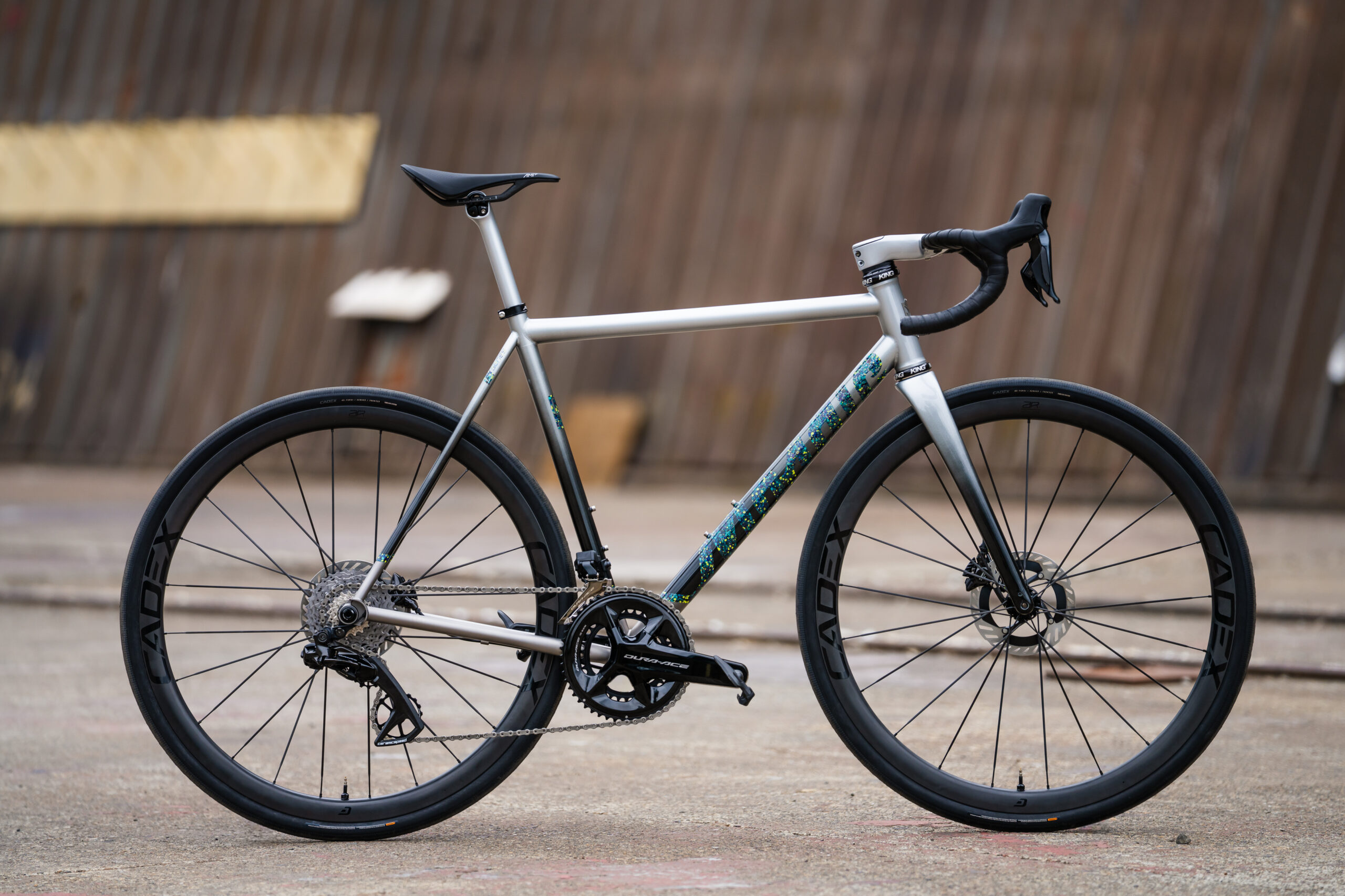Mosaic Team Rider Ben Frederick spent his winter racing World Cup cyclocross in Europe as part of his ProjectLeadLap campaign. But now it’s February, and while #CrossIsComing, there’s a lot of racing between now and then. Ben will be putting his Mosaic(s) to the test in a variety of U.S.-based gravel events.
Turns out, drop bars and knobby tires are about all these two disciplines have in common. We caught up with Ben to talk about how he tweaks his bike, training, race day strategy, and mindset for each discipline.
First off, congrats on a great Euro CX campaign. You pulled off some impressive rides in tough conditions and kept up with your day job between races. How did it feel to put that behind you and come back to the States?
Ben: Thanks! It’s good to be back. Common sense would say a long break was in order, but man, I love riding bikes. The jet lag was brutal, so I was back on my MT-1 chasing sunrises pretty quick. I’m lucky to live in San Francisco, and January was the driest in recent memory—hard to stay off the bike in those conditions. It’s also been nice to get back in the office, have a fully stocked kitchen at home, and not have another “hardest race you’ve ever done” looming over me.
What’s on your agenda for Spring and Summer 2025?
Ben: It’s going to be a packed season, full of events and races in California, with a few further afield. My fiancée is a badass gravel racer, so I’ll be tagging along to some of her events and giving it my best shot. I’ve also got some MTB races on the calendar—closer to the CX effort and technical style that I love.
That said, I’ve already raced three times since my last CX race on January 5th. The first two rounds of the Grasshopper Adventure Series, plus a mountain bike XC race thrown in there.
How are gravel races like the Grasshoppers different on your mind and body?
Ben: I’ll be the first to admit—I don’t love gravel racing. Riding off-road for a long time? No problem. The racing part? That’s the challenge. But that’s why we do it, right?
Mentally, a five-hour, single-loop race is a huge shift from an all-out, one-hour, 7–9 lap CX race. In CX, you’re dialing in every corner, nailing gearing, and tackling obstacles with precision. In gravel, it’s about being prepared for anything. Since my schedule doesn’t allow for pre-riding most gravel courses, I just have to make my best guess and send it.
Physically, it’s the opposite side of the power curve from CX. In a cross race, I can spend an hour at 185bpm, with over 30 minutes of that at 600+ watts. It’s all or nothing. Gravel racing requires a much deeper endurance base—being efficient at your “tempo” is key. I’ll add some longer rides and tempo efforts into training, but mostly, I’ll stick to my short and sharp CX-style training and just hang on for dear life during the races.
What about your bike? You’ve got a Mosaic hardtail, a proper GT-1 45 gravel bike, and of course, your XT-1 cyclocross bikes to choose from, and we see pros line up with all sorts of bikes given the circumstances. What was your setup and why?
Ben: Between the three bikes, I can cover just about every event I want. Leading up to a race, I’ll do most of my training on the bike I’ll compete on—even if that means logging road miles on my gravel or MTB. I also try to match my training routes to race conditions as much as possible.
- XT-1 (Cyclocross & Road): The XT-1 is my go-to for CX, road, and some smoother gravel races. In CX mode, it’s a 1x with tubular tires, no bottles. For road, I swap to a double chainring, 34mm tires, and a longer 110mm stem (from a 100mm). We optimized the geometry around 33mm tires for max snappiness, so while it can fit up to 42c tires, the handling changes enough that I prefer my GT-1 45 for that.
- GT-1 45 (Gravel): This is my primary summer off-road race bike. It has a longer wheelbase, more tire clearance, and a tubeset that adds comfort over long days in the saddle. It’s planted on high-speed gravel descents but still playful on singletrack. I run a 1x setup—usually a 46T or 48T chainring with a 10-52T cassette—and always 45mm tires. The longer top tube lets me get into a more aggressive, aero position compared to the XT-1.
- MT-1 (MTB & Technical Terrain): A lot of the riding around SF can be done on a drop-bar bike, but why underbike when you can rip on a hardtail? No surprise—I use this for MTB events. It’s built with a fairly neutral geo to be racy yet capable on modern technical courses. Since I burn a lot of road miles to reach trails, I run a 36T up front with a 10-52T cassette. A 120mm fork smooths out the chatter, and honestly, the bike gets smoother the faster you go. Tires are 2.4s—because more volume is always better.
What other gear or kit-related adjustments do you make for gravel racing?
Ben: The worst thing about gravel? No pit bike!
I’ll wear an aero helmet for free speed, but otherwise, it’s just about dressing for the weather—same as CX. The biggest difference is nutrition. I’m firmly in the MAX CARBZ PER HOUR camp, so I fill my bottles with science fluid and carry flasks of goop and syrup to keep the engine running hot. Oh, and flat repair essentials—because, again, no pit.
What about race-day routine? Prepping for an hour all-out effort seems pretty different from a four-hour dirt road race.
Ben: I’ve never set a 5:30 a.m. alarm for a CX race. But for an 8 or 9 a.m. gravel start? Gotta wake up early to get that last bit of fuel in.
Warm-ups are also way more relaxed for gravel. Usually 20–30 minutes to get the blood flowing and a quick 5-minute build to spike the heart rate. No need to waste precious energy—we’ll be riding for a long time.
How do you approach a race like the Grasshopper Huffmaster tactically? Was it different from how you’d approach a European World Cup CX race—or even a U.S. CX race?
Ben: This is like comparing apples to cucumbers.
In CX, I’m confident at the start line. At Huffmaster, early in the gravel season, I knew my fitness wasn’t quite tuned for that style of racing. My plan? Eat a lot, follow moves until the first climb, climb hard, descend harder, and see what happens.
And? How did it all play out?
Ben: A slight headwind kept our group of 60 together for the first 30 miles. Then, we hit the 10-minute climb, and the race exploded. My goal was to stay in touch, rally the descent (I have the sixth-fastest time on it), and link up with a group.
But a small rock on the tire bead had other plans. A slow leak left me limping to the feed zone to plug it, costing me 2:30 and taking me out of contention. I rode with my fiancée for a bit, chased groups where I could, and still gave it my best effort.
At the end of the day, riding bikes is a good day—especially on these bikes.






